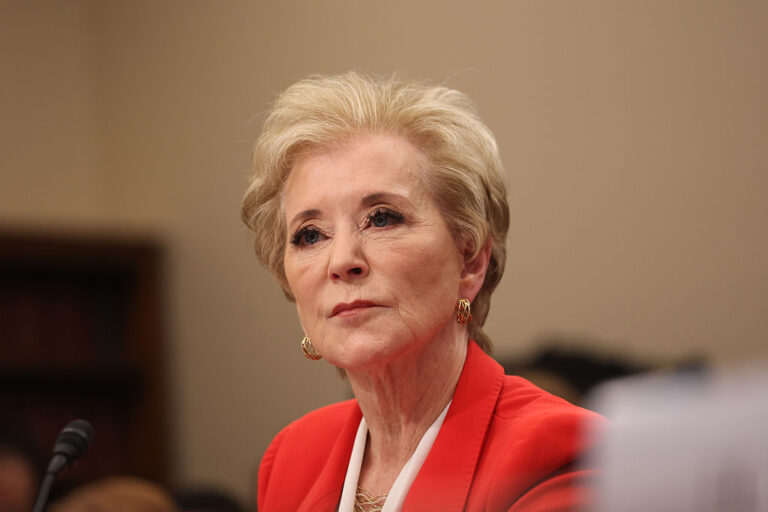We all know that health and education are inextricably intertwined. We know higher quality diets are associated with better exam scores, and 20 minutes of physical activity has been shown to improve cognitive function. We also know that kids who are hungry can’t focus.
We all know that health and education are inextricably intertwined. We know higher quality diets are associated with better exam scores, and 20 minutes of physical activity has been shown to improve cognitive function. We also know that kids who are hungry can’t focus.
It’s not surprising then that the Education Commission of the States chose the connections between health and education for their most recent report. Health barriers to learning range from visual problems (if you can’t read the board, you’re not learning the material) to bullying, to a lack of physical activity in schools. These barriers have had demonstrated effects on sensory perception, cognition, school connectedness, absenteeism, and dropout, all of which undermine students’ ability to succeed in school. In addition, several of these barriers ‘ including vision, asthma, and physical activity ‘ are more prevalent in minority and low-income youth.
The report highlights several trends that may lead to a greater emphasis on health in education. Among these, that today’s 21st century jobs require both higher levels of academic fluency as well as mastery of non-cognitive skills like communication, grit, and emotional regulation. They also note that while bullying still happens, social-emotional learning programs are becoming more common to prevent these types of behaviors.
While these trends are positive, ECS recommends several next steps for policymakers, including changing accreditation policies to ensure school personnel are prepared to take a role in reducing health barriers to learning, supporting the development of high-quality social-emotional curricula, providing physical and mental health services, and ensuring students have daily opportunities for physical activity.
Policymakers often focus on academic achievement, but may run the risk of ignoring the significant impact of student health on educational outcomes. Solving these complex issues is hard– groups like Communities in Schools and Harlem Children’s Zone have been working on them for many years– however, it is up to all of us to try.



